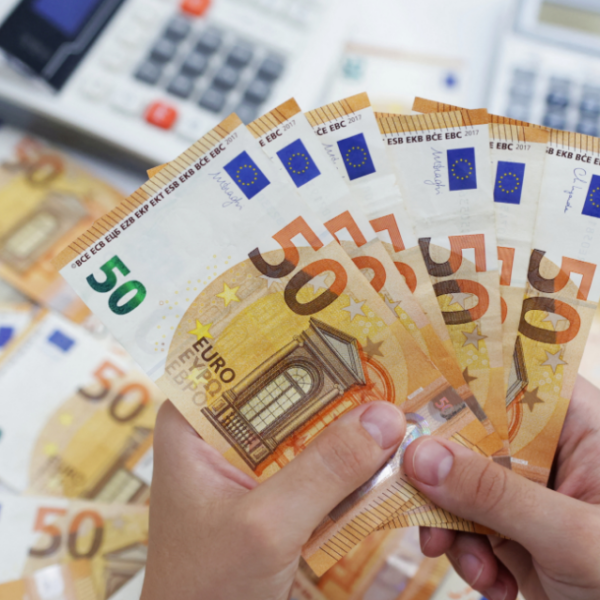EUR/USD has been intensified on a weaker US Dollar across the board as the market looks toward a less hawkish Federal Reserve.
The Bank of Canada (BoC) raised their overnight lending rate by 50 basis points (bps), less than the 75 bp anticipated. This comes from the Reserve Bank of Australia (RBA) lifting their cash rate target by 25 bps instead of the 50 bps forecast earlier this month.
The move by the BoC seems to have led the market to believe that the Fed could be searching for a pause in their violent rate rise stance toward stamping out ‘eye-watering’ inflation.
In these circumstances, the ‘big dollar’ has been undermined by Treasury yields slipping lower all along the curve. The 10-year note dipped below 4.0% overnight, reversing the recent climb. It peaked at 4.335% last week.
Despite the supposed ‘pivot,’ futures markets and economists’ forecasts have a 75 bp gain for the Fed’s target rate penned in for next Wednesday.
The European Central Bank will meet today to decide on its target rate. The market has priced in a 75-basis point (bp) hike, and a Bloomberg survey of economists agree with that outlook.
The impending winter in the Northern Hemisphere presents significant risks for the European continent, with energy sources under enormous strain. A positive development has been the relatively mild autumn weather conditions so far.
This has led to the build-up of liquefied natural gas (LNG) storage being ahead of schedule as inventory levels near capacity. An issue has arisen whereby the storage of LNG is becoming increasingly difficult.
Unlike many other commodities, LNG has very specific requirements to be stored safely, and the infrastructure is costly and has a long construction lead time. In any case, the problems around the energy supply are not resolved.
If the energy situation changed or the Fed reiterated its hawkish stance, the EUR/USD could experience more instability.

